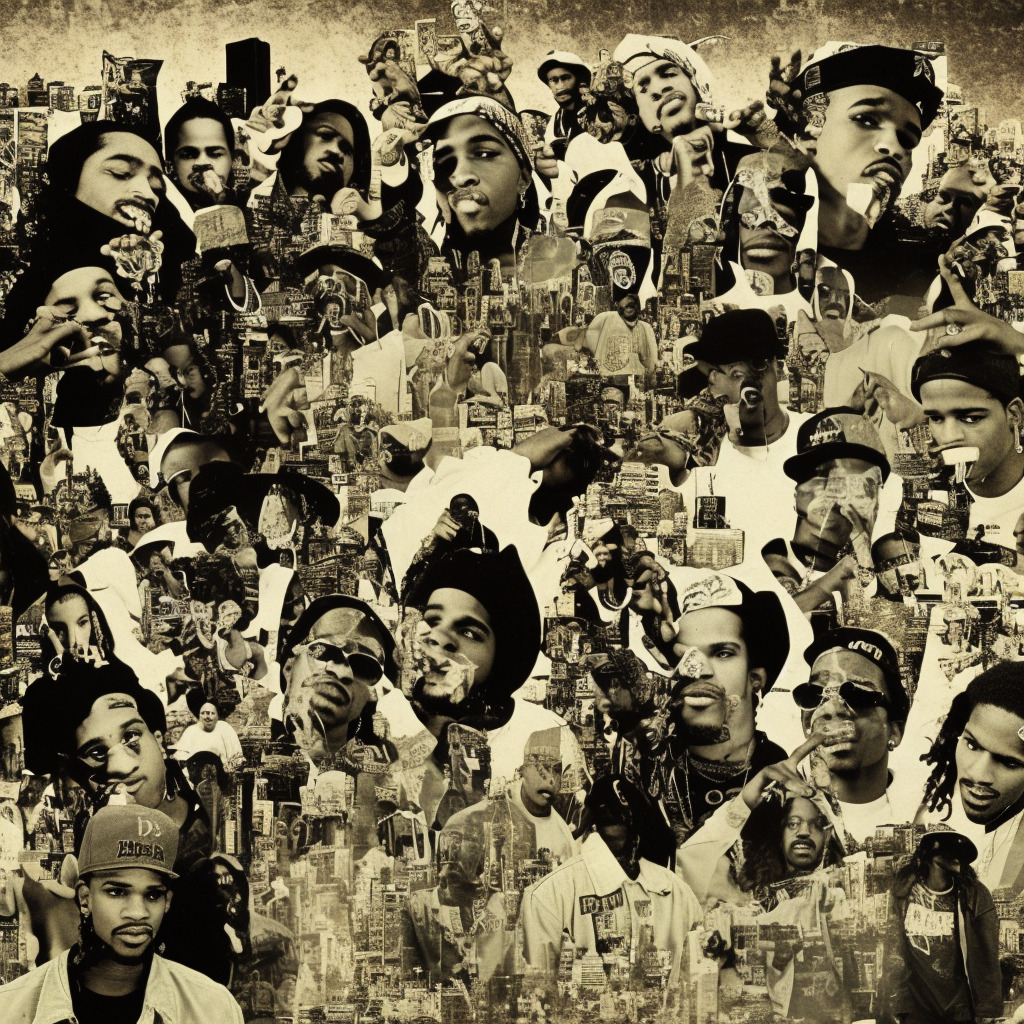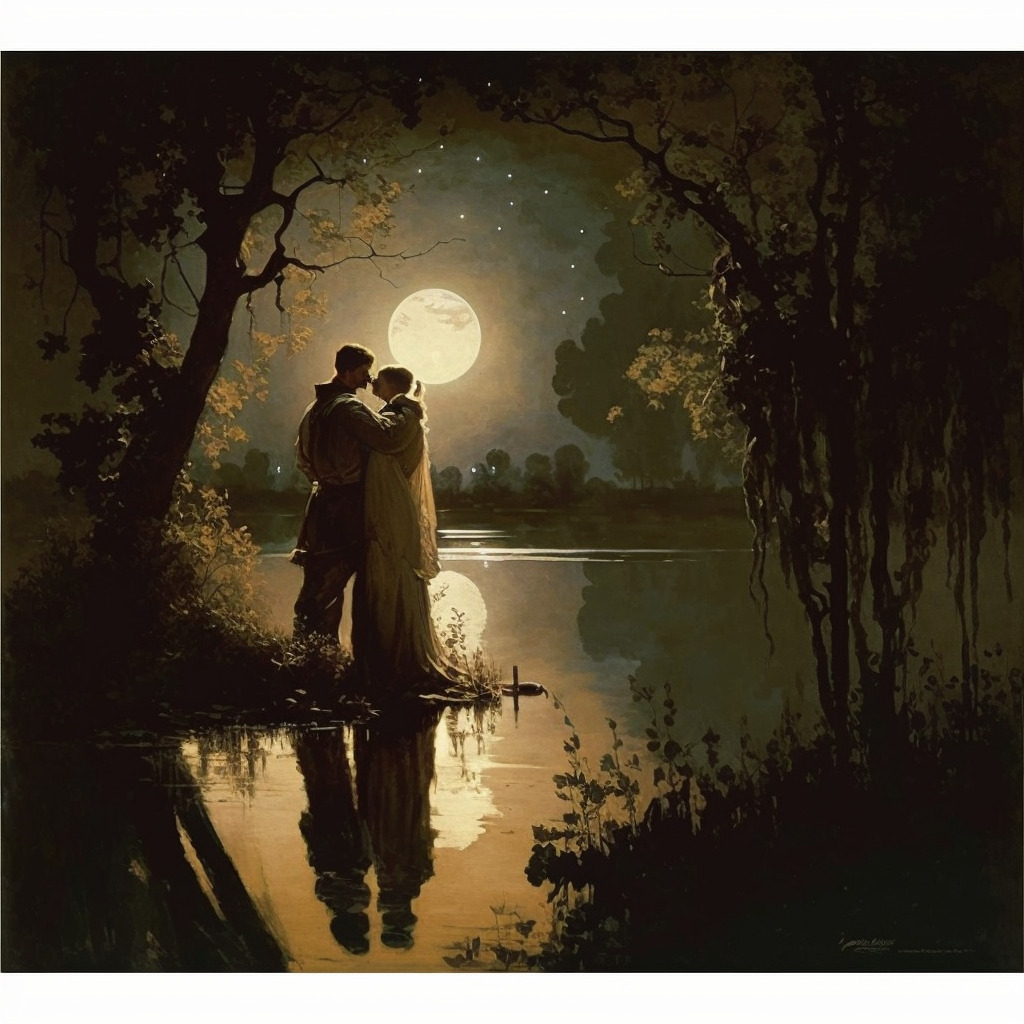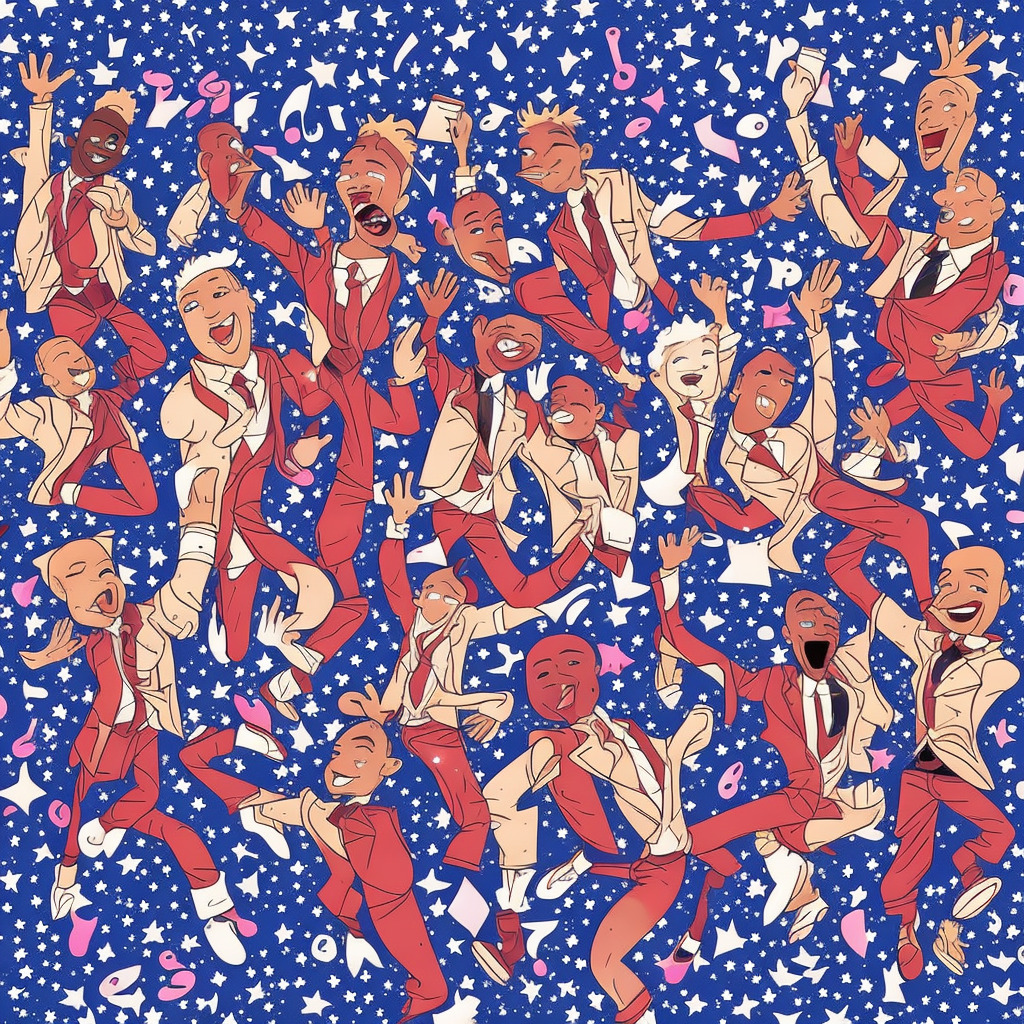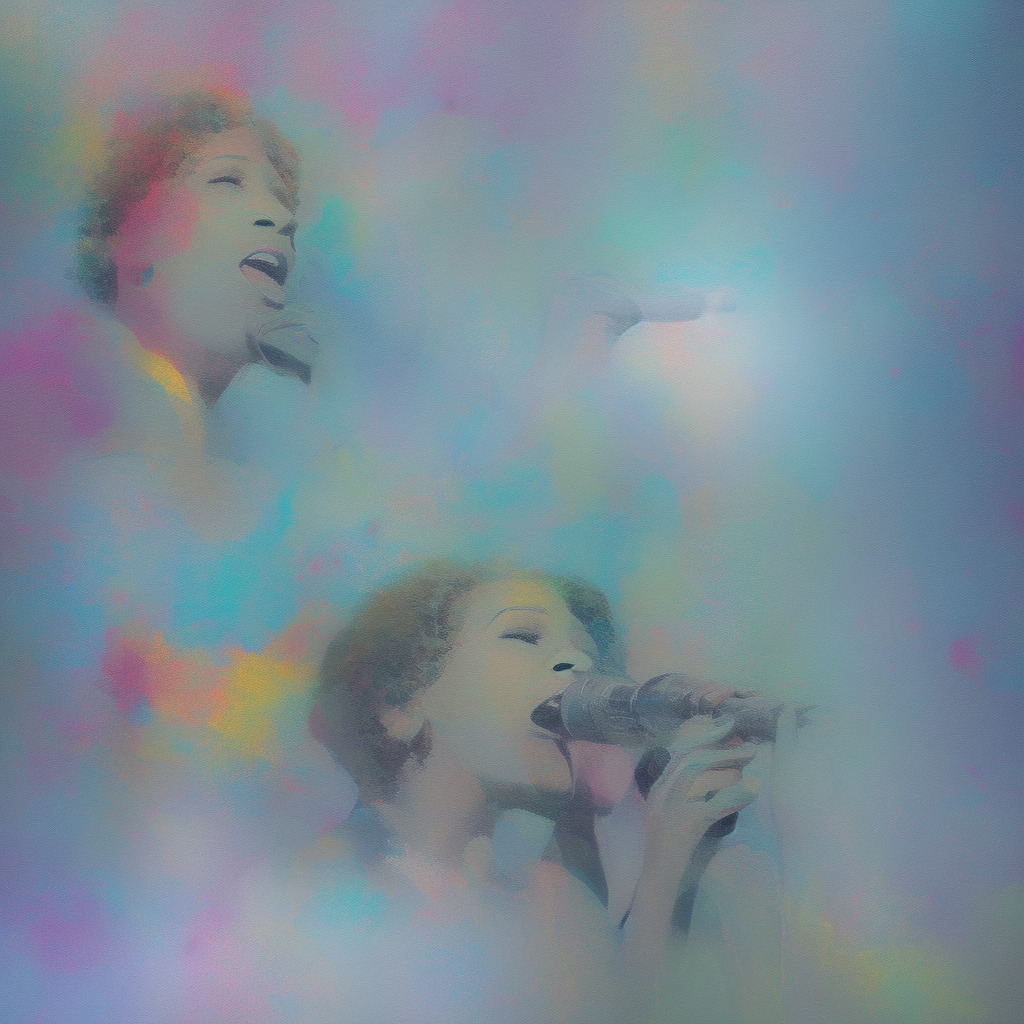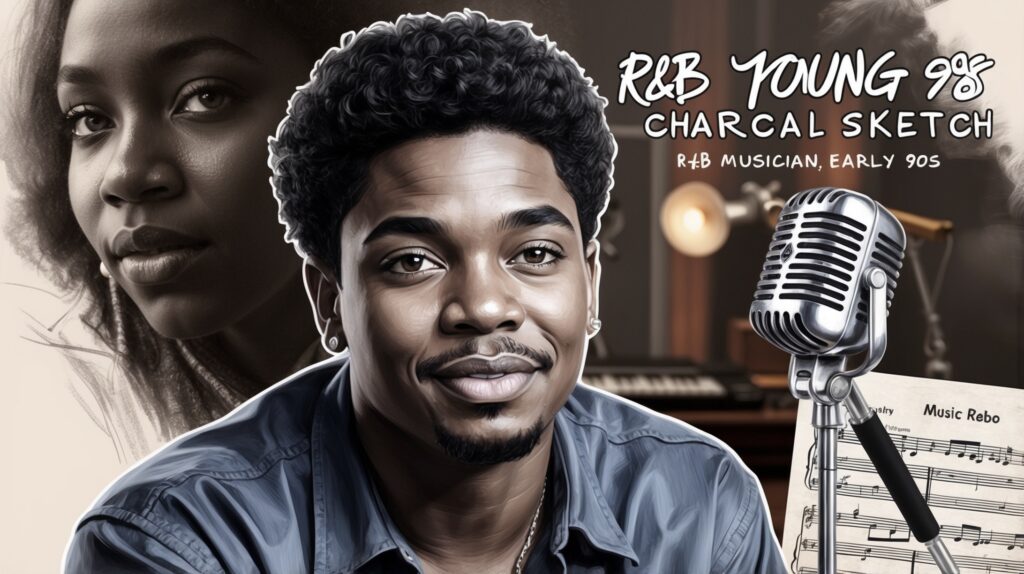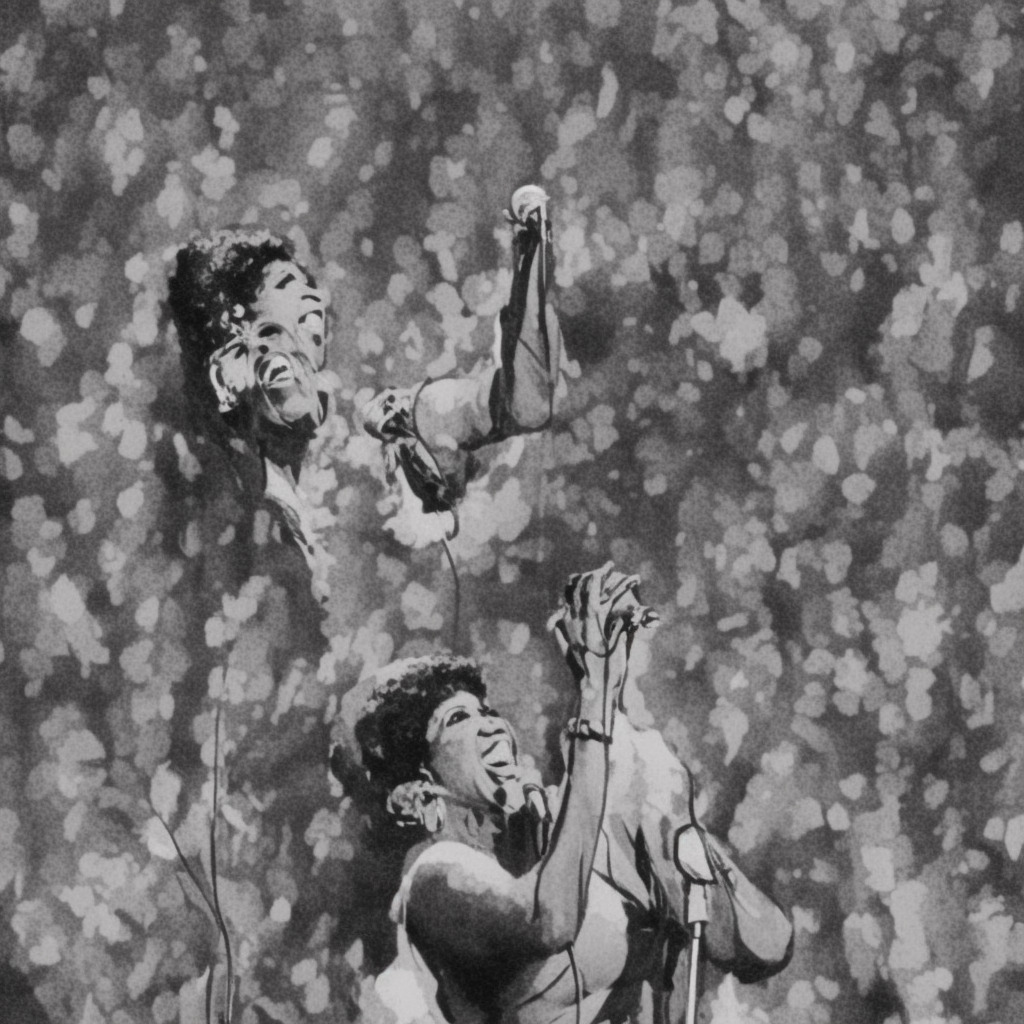Did you know? The Miracles’ funky 1975 hit “Love Machine” was their highest-charting single without Smokey Robinson! ?? Dance through the weekend with this groovy classic. #TheMiracles #LoveMachine #FunkyFriday #MusicTrivia Read about it: tinyurl.com/bdcpvwpn
A Journey Through the Lively World of The Miracles
“Embark on a rhythmic odyssey with The Miracles, the Motown legends who shaped a genre and left an indelible legacy of infectious tunes and timeless melodies.”
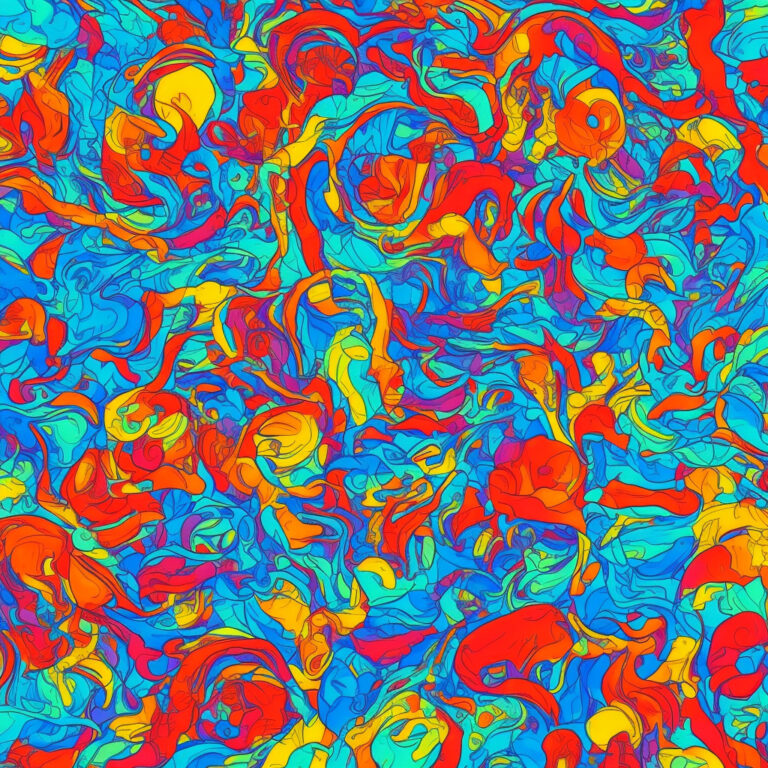
The Miracles, a highly influential Motown group, set out to make their mark in music history back in the 1950s. Formed by the legendary Smokey Robinson, the group initially consisted of members Bobby Rogers, Ronnie White, Pete Moore, and Claudette Rogers. As they continued to shape Motown’s distinct sound, Marv Tarplin joined the group as their guitarist, completing their core lineup. Over the years, The Miracles have gifted their fans with a plethora of catchy tunes, funky beats, and unforgettable melodies, eventually earning their spot in the Rock and Roll Hall of Fame in 2012.
One song that stands out in their extensive discography is “Love Machine,” a track that truly showcases The Miracles’ ability to create a perfect blend of funk, pop, and R&B. Released in 1975, “Love Machine” was the brainchild of their then-lead singer, Billy Griffin, and original member, Pete Moore. Not only did this song become a chart-topping hit, but it also turned into a pop culture staple, appearing in various films and television shows for decades to come.
A testament to The Miracles’ lasting impact on the music industry is the fact that “Love Machine” reached number one on the Billboard Hot 100 and the R&B charts, and even cracked the top 5 on the UK Singles Chart. This infectious tune is still a favorite among fans and continues to be a go-to track for anyone looking to get the party started.
While The Miracles’ career boasts an impressive list of accomplishments, it is important to recognize that their journey wasn’t without its challenges. One of the most notable setbacks was the departure of Smokey Robinson in 1972, which left the group with the difficult task of filling his shoes. Billy Griffin admirably stepped into that role, but, understandably, the transition brought about a change in the group’s dynamic and sound. Some fans and critics argue that The Miracles lost a bit of their original magic in the process, but others maintain that the group managed to reinvent themselves successfully.
Regardless of the debates surrounding the various phases of The Miracles’ career, one thing remains clear: their contribution to the development of the Motown sound and R&B music, in general, cannot be denied. The numerous awards and accolades they’ve received over the years, including their induction into the Vocal Group Hall of Fame and the Hollywood Walk of Fame, are well-deserved. As we continue to jam out to classics like “Love Machine,” let’s take a moment to appreciate the legacy that The Miracles have left behind for future generations to discover and enjoy.
Charting the Success of a Timeless Classic
“Love Machine” by The Miracles: A timeless classic that conquered charts worldwide, showcasing the group’s undeniable talent and leaving a lasting legacy in music history.
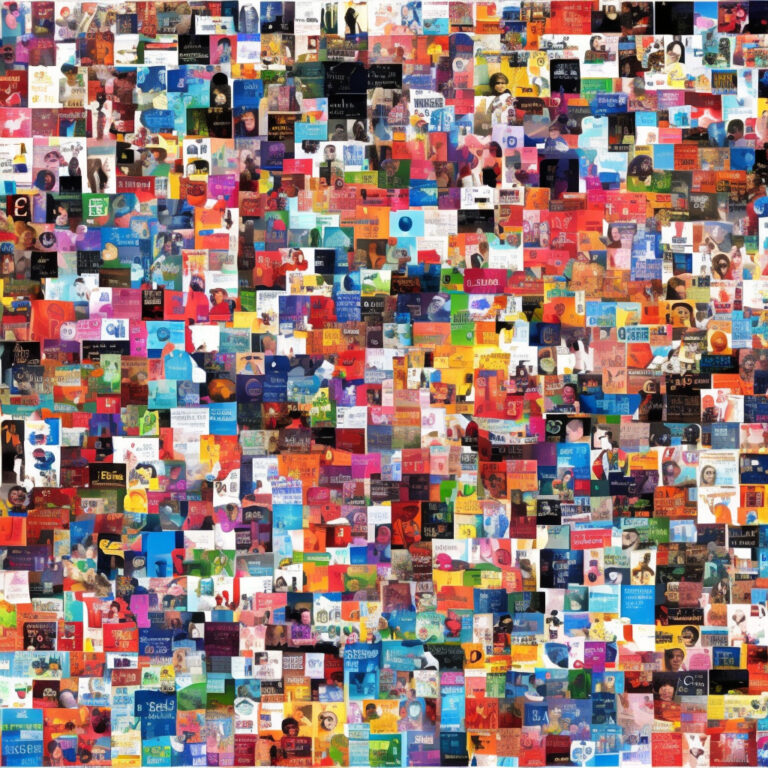
“Love Machine” by The Miracles, written by Billy Griffin and Pete Moore, was a remarkable hit when it first hit the airwaves. Released on September 8, 1975, as a single from their album “City of Angels”, the song quickly gained traction and became one of the most iconic tracks of that era.
Upon its release, “Love Machine” entered the Billboard Hot 100 chart at an impressive #81. However, it didn’t stop there – the song kept climbing the charts and ultimately reached its peak position at #1 on February 7, 1976. The catchy tune held onto the top spot for a week before slowly descending the charts, but it remained on the Hot 100 chart for a total of 17 weeks.
“Love Machine” also experienced considerable success on the Billboard R&B chart, where it peaked at #5, further solidifying The Miracles’ status as a versatile and talented group. The track’s international appeal also became evident as it reached #3 on the UK Singles Chart, proving that its infectious melody and engaging lyrics resonated with audiences across the globe.
Interestingly, “Love Machine” was split into two parts for its original 7-inch vinyl single release. Part 1 was featured on the A-side, while Part 2 was included on the B-side. This decision was a testament to the song’s length and perhaps an acknowledgment of the numerous radio edits that would follow.
Despite being released over 45 years ago, “Love Machine” remains a beloved classic and continues to be featured in various movies, TV shows, and commercials. Its chart success, both domestic and international, is a testament to The Miracles’ undeniable talent and the timeless appeal of their music.
Decoding the Lyrics of a Timeless Classic
Oh, yeah
I’m just a love machine
And I won’t work for nobody but you
I’m just a love machine
Yeah, baby, a hugging, kissing fiend
I think it’s high time you knew
Whenever I think of you
My mind blows a fuse
When I look in your eyes
My meter starts to rise
And I become confused
My voltage regulator cools
When I’m sitting next to you
Electricity starts to flow
And my indicator starts to glow, woo
I’m gentle as a lamb
I’m not that hard to program
There’s no way that you can lose
My chassis fits like a glove
I’ve got a button for love
That you’ve got to use
If you look into my file
I am sure you can find out how
To turn me on just set my dial
And let me love you for a little while, ooh
I’m just a love machine
And I won’t work for nobody but you
I’m just a love machine
A hugging kissing fiend
The lyrics of “Love Machine” by The Miracles resonate with the spirit of the time in which it was written. Released in 1975, the song captures the essence of the disco era, which was characterized by exuberant dancing, colorful fashion, and an emphasis on self-expression. In this context, the song’s lyrics portray the persona of a “love machine,” a metaphorical device built for the purpose of providing love and affection.
The lyrics cleverly use various technological terms and phrases to evoke the image of the “love machine” as an electric, automated being that exists solely to give love. This idea of the “love machine” can be seen as a reflection of the broader cultural fascination with technology and automation, which was a prevalent theme in the 1970s. The rise of computers, robotics, and other forms of automation led many to grapple with questions about the potential impact of these technologies on human life and relationships.
Furthermore, the lyrics also highlight the importance of romance and human connection during this time, as the protagonist of the song repeatedly expresses his desire to “work for nobody but you” and to be a “hugging, kissing fiend.” This focus on love and intimacy serves as a reminder of the importance of forging deep, meaningful connections with others, even in a time marked by significant technological advancements and societal change.
In summary, the lyrics of “Love Machine” by The Miracles offer a unique and captivating insight into the spirit of the 1970s disco era, reflecting both the fascination with technology and the enduring importance of love and human connection during this period.
A Visual Delight: The Music Video for “Love Machine”
Discover the enduring legacy of The Miracles’ disco hit “Love Machine” through fan-made tributes, captivating choreography, and sparkling LEGO renditions!
Despite being a disco-era hit, released in 1975, the original music video for “Love Machine” by The Miracles never saw the light of day. However, this hasn’t stopped fans and creators from paying homage to the classic track through various interpretations and visual tributes over the years. From fan-made music videos to spectacular live performances, the groove-inducing tune has continued to inspire creativity and enthusiasm among music lovers.
One particular fan-made video that stands out is an animated depiction of the song using LEGO bricks. The creator, known as Harry99 on YouTube, reimagined the Miracles performing the hit in a flashy disco setting, complete with dance moves and sparkling disco balls. The video has garnered thousands of views and is a fantastic testament to the lasting power of the song.
Another tribute to the iconic track is a dance routine performed by the students of the Millennium Dance Complex. The choreography, crafted by dance instructor Saleemah E. Knight, is a fusion of contemporary, jazz, and hip-hop, perfectly capturing the nostalgic essence of the song. In addition to the talented dancers, the performance also features a live band, adding an extra layer of excitement and energy to the overall experience.
In the absence of an official music video, fans have also taken to creating their own compilations of live performances, remixes, and soundbites from popular culture to represent their interpretation of “Love Machine.” These videos showcase the evolution of the band and the lasting impact their music has had on fans and the music industry as a whole.
While there isn’t an official music video, the artistic approaches taken by fans and creators alike have kept the spirit of “Love Machine” alive and well. The creativity and passion poured into these visual representations ensure that the legacy of The Miracles and their feel-good anthem will continue to inspire and entertain for generations to come.
The Mastermind of “Love Machine”: Warren “Pete” Moore
Warren “Pete” Moore, the composer of “Love Machine,” was an integral member of The Miracles and a key contributor to the Motown sound. Born on November 19, 1939, in Detroit, Michigan, Moore’s immense talent for composing led to numerous chart-topping hits for The Miracles and other Motown artists. Alongside Smokey Robinson, Moore co-wrote the iconic Miracles song, “Ooo Baby Baby,” which remains a timeless classic to this day. Additionally, he co-wrote Marvin Gaye’s hit single “Ain’t That Peculiar” and The Temptations’ “Since I Lost My Baby,” further cementing his reputation as a crucial figure in the development of the Motown sound. Moore’s exceptional songwriting skills helped shape the musical landscape of the 1960s and 1970s, and his influence can still be felt in the music industry today.
Awards, Accolades and Impact
“Love Machine” – A timeless chart-topper that transcended the disco era, conquered media platforms, and sparked inspiring covers, proving the Miracles’ enduring magic.
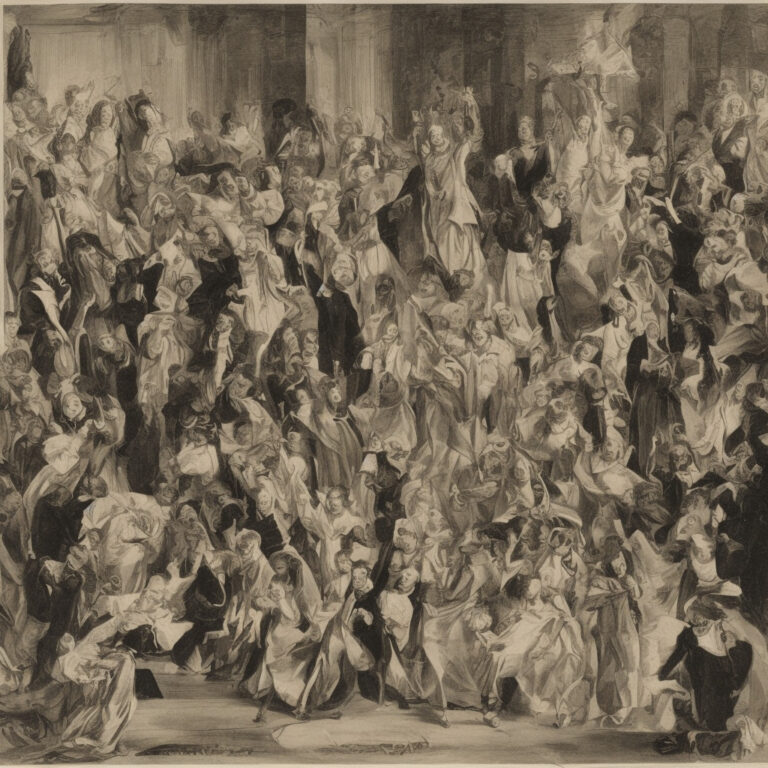
“Love Machine” has undoubtedly earned recognition and praise since its release in 1975. The song, composed by Miracles’ members Billy Griffin and Warren “Pete” Moore, was a commercial and critical success. It soared to the top of the Billboard Hot 100 chart, securing the No.1 spot, and dominated the R&B chart as well, where it held the No.1 position for two weeks. Additionally, it achieved international success, reaching the Top 10 in the United Kingdom and Canada.
The single was certified Gold by the Recording Industry Association of America (RIAA) for sales of over one million copies. It is worth noting that “Love Machine” was the Miracles’ only No.1 hit without the legendary Smokey Robinson as their lead singer. This success marked the beginning of a new era for the group, proving their resilience and ability to create hits even without their former frontman.
Throughout the years, “Love Machine” has made its way into popular culture, appearing in various movies, TV shows, and video games. Notably, it was featured in the 1998 movie “54,” which depicted the rise and fall of New York’s iconic Studio 54 nightclub. The song’s infectious groove perfectly captured the disco era ambiance portrayed in the film. Moreover, “Love Machine” was also used in the soundtrack of the 2006 animated film “Robots.” Its energetic and playful nature made it an ideal fit for the movie’s upbeat atmosphere.
In terms of cover versions, several artists have tried their hand at recreating the magic of “Love Machine.” One noteworthy cover is by British girl group Girls Aloud, who released their rendition in 2004. Their version, while deviating from the original disco sound, still retained the catchy and infectious essence of the original. It became a hit in the UK, peaking at No.2 and earning a Silver certification by the British Phonographic Industry (BPI).
All in all, “Love Machine” continues to be a beloved and iconic track, transcending time and leaving an indelible mark on the history of music. Its awards, accolades, and appearances in various media outlets demonstrate its lasting impact and prevalence in popular culture.
Dissecting the Musical Components
Diving into the musical intricacies of “Love Machine,” it’s important to note that the song is written in the key of A major. The A major scale, with its signature bright and uplifting tonality, lends itself perfectly to the feel-good, danceable vibes of the track.
The chord progression is relatively simple but effective, consisting primarily of the I-IV-V (A-D-E) chords, which is a classic progression that has been the backbone of countless hits in the history of popular music. This tried-and-true formula is part of what makes “Love Machine” so instantly appealing and memorable. The verse structure follows a I-IV-V-IV pattern, while the chorus is built around a I-V-IV-V progression. The use of these major chords contributes to the overall cheerful and infectious nature of the song.
In terms of tempo, “Love Machine” clocks in at around 118 beats per minute (BPM), a moderate pace that’s perfect for getting people on the dance floor. The rhythm section keeps a steady groove, with the bass and drums laying a solid foundation for the other instruments to build upon.
The song also features a catchy, syncopated rhythm guitar part, which adds a funky element to the mix. This is complemented by the use of horns and strings, which provide extra layers of richness and texture to the arrangement. The strings, in particular, are used effectively during the chorus to enhance the emotional impact of the song.
One of the standout aspects of “Love Machine” is its vocal harmonies. The Miracles were known for their tight, well-crafted harmonies, and this song is no exception. The lead vocal melody is supported by a series of lush backing vocals, with each member of the group contributing to the overall vocal blend. The harmonies are strategically arranged to create a sense of depth and space in the mix, adding an extra dimension to the song’s overall impact.
Overall, the combination of a strong chord progression, moderate tempo, and engaging arrangement make “Love Machine” a timeless classic, showcasing The Miracles’ ability to create a song that is both musically sophisticated and irresistibly danceable.


